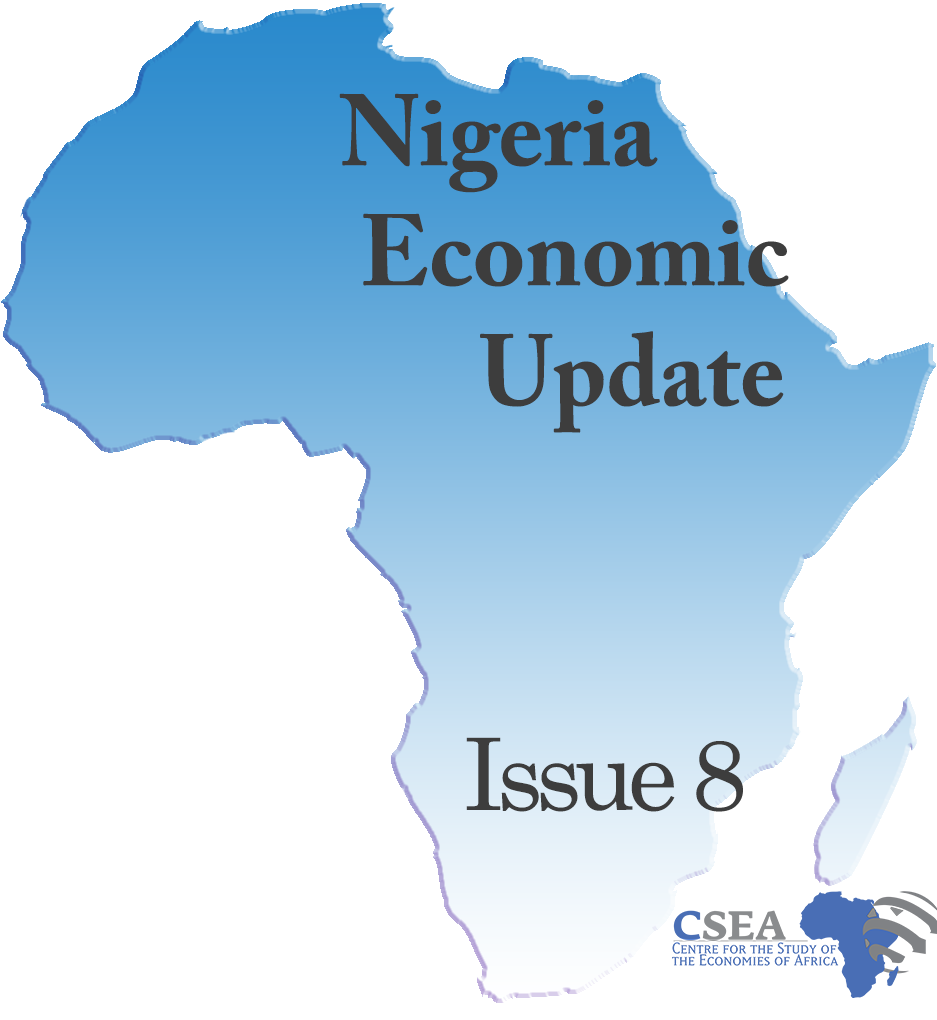The total amount of non-performing loans (NPL) of Nigerian banks declined for the year 2018, relative to 2017. At N1.79 trillion, the stock of NPL fell by 24.2 percent from N2.36 trillion in 20171. Also, gross loans as of the end of 2018 stood at N15.35 trillion, as against N15.96 trillion as at the end of 2017. The reduction in NPL shows that debtors may have relieved more of their indebtedness in 2018 compared to 2017; this may have been complemented by the Asset Management Company of Nigeria’s (AMCON) resolve to achieve its recovery mandate against erring debtors2. AMCON is saddled with the statutory responsibility, among others, of recovering the NPL hitherto disbursed by eligible banks to their customers. The decline in non-performing loans is expected to continue as the overconcentration of banking sector loans to the unpredictable and volatile oil and gas sector has been reduced to a great length. Monetary authorities should tighten mechanisms to ensure that commercial banks strictly adheres to the macroprudential guidelines that stipulate a 5 percent NPL benchmark.
Macroeconomic Report & Economic Updates

March 15, 2019
Nigeria Economic Update (Issue 8)
The total amount of non-performing loans (NPL) of Nigerian banks declined for the year 2018, relative to 2017. At N1.79 trillion, the stock of NPL fell by 24.2 percent from N2.36 trillion in 20171. Also, gross loans as of the end of 2018 stood at N15.35 trillion, as against N15.96 trillion as at the end […]
Read →
Related
Nigeria Economic Update (Issue 19)
Internally generated revenue by 35 states for the 2016 fiscal year increased by 17.5 percent to N802 billion from N683 billion generated in the preceding year. A breakdown of the IGR shows that the increase was driven by PAYE, Direct assessment, Road taxes, Revenue from MDAs and other taxes. The highest and lowest revenue generating states were Lagos (38%) and Ebonyi (0.1%) respectively. An improvement in the efficiency of the tax system could improve the contributions of the IGR to overall government revenue. Particularly, incorporating workers in small stores, agricultural and informal businesses into the tax system; building capacity of tax officials and computerizing their operations; as well as investing in quality data collection and access could provide some quick wins.
